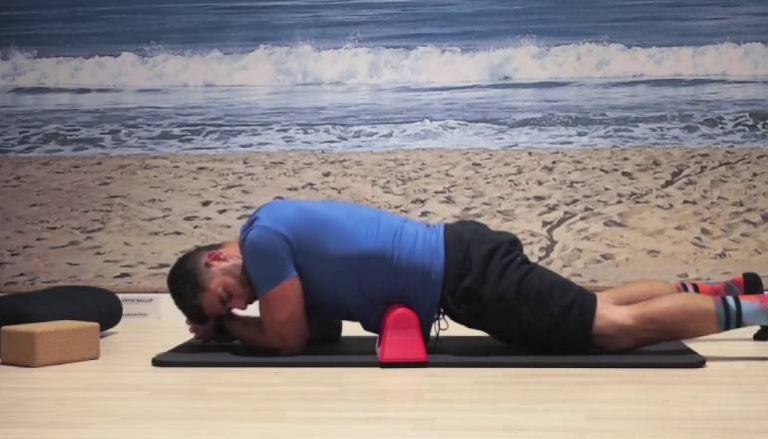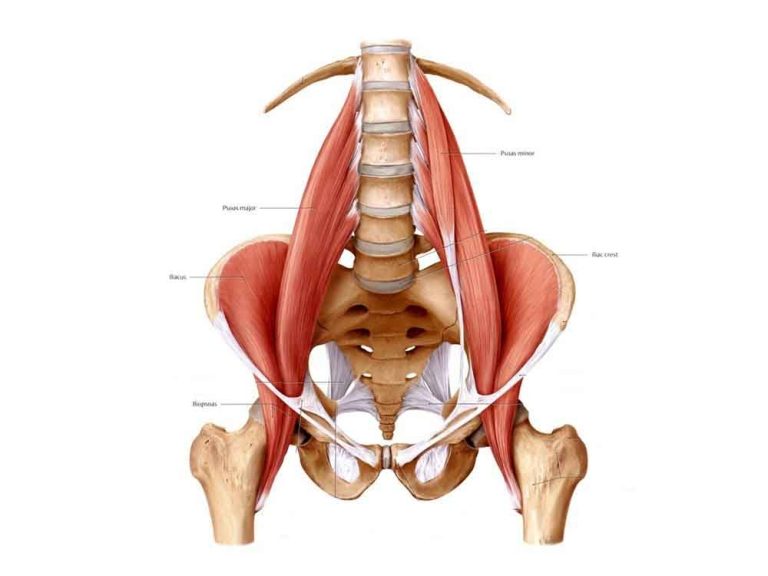Unlock Your Hips: 5 Psoas and Piriformis Exercises for Better Mobility
If you are looking for exercises to target your psoas and piriformis muscles, you have come to the right place. In this article, we will discuss the importance of these two muscles, as well as provide some effective exercises to strengthen them. Read on to learn more about how you can target your psoas and piriformis muscles with exercise.
Best Psoas Muscle Release Stretching Tools for 2023
How do you release psoas and piriformis?
The psoas and piriformis muscles are two important muscles that can be difficult to release due to their deep location in the body. Both of these muscles can easily become tight, leading to pain and discomfort in the hips and lower back. Fortunately, there are a few simple stretches and exercises that you can do to help relieve tension in these muscles.
One of the best ways to release the psoas is by doing a hip flexor stretch. To do this, start by standing up straight with your feet shoulder-width apart. Then, take one step forward with your right foot while keeping your left leg straight behind you. Bend your right knee until you feel a stretch in the front of your left hip. Hold this position for 30 seconds before switching sides.
For piriformis release, try doing a seated figure four stretch. To do this, sit on the floor with both legs extended out in front of you. Cross your right ankle over your left thigh just above your knee joint. Then lean forward slightly until you feel a gentle stretch in the buttock area of your right leg. Hold for 30 seconds before switching sides.
You can also use foam rolling or massage therapy to help release tension in both of these muscles. Foam rolling helps to break down muscle adhesions which can cause tightness and pain. For massage therapy, seek out a professional therapist who specializes in myofascial release techniques which focus on releasing tension from specific areas of the body.
By incorporating these stretches and exercises into your daily routine, you can help keep your psoas and piriformis muscles healthy and free from pain and discomfort.
Can tight psoas cause piriformis?
The short answer is yes, tight psoas muscles can cause piriformis syndrome. The psoas muscle is a deep hip flexor that connects the lower back and upper thigh bones. When this muscle becomes tight, it can irritate the sciatic nerve and cause pain in the buttocks, thighs, and legs.
Tightness in the psoas can also lead to piriformis syndrome, which is a painful condition caused by compression of the sciatic nerve by the piriformis muscle. This muscle runs from your sacrum to your femur and helps to rotate your leg outward when you walk or run.
When the psoas becomes tight, it can pull on the pelvis and put pressure on the piriformis muscle. This pressure can cause spasms in the piriformis, which then compresses the sciatic nerve and causes pain in your buttocks, hips, thighs, or legs.
To prevent or reduce tightness in your psoas muscles, it’s important to stretch regularly and engage in activities like yoga or Pilates that focus on hip mobility. You should also make sure you’re getting enough rest between workouts and avoid activities that involve repetitive motions such as running.
If you already have piriformis syndrome due to tightness in your psoas muscles, there are several treatment options available. These include physical therapy exercises designed to stretch and strengthen your hip flexors, massage therapy, ice or heat therapy, anti-inflammatory medications, acupuncture, ultrasound therapy, and injections of corticosteroid medication.
If you’re experiencing pain due to tightness in your psoas muscles or suspect that you may have piriformis syndrome, it’s important to seek medical attention from a qualified healthcare professional who can diagnose and treat the condition appropriately.
Are the psoas and piriformis connected?
The psoas and piriformis muscles are both located in the lower back and hip region. While they may seem unrelated, these two muscles are actually connected in an important way.
The psoas is a large muscle that runs from the lower spine to the top of the femur bone. It is responsible for flexing the hip joint, as well as stabilizing it. The piriformis is a smaller muscle located deep within the glutes. It helps rotate and laterally flex the hip joint.
The two muscles are connected through a network of ligaments and tendons that run throughout the hip area. This connection allows them to work together to keep your hips stable and mobile when you move. When one muscle becomes tight or weak, it can affect how well the other performs its job.
For example, if your psoas is tight, it can limit how much your piriformis can rotate your leg during activities like running or walking. On the other hand, if your piriformis is weak or tight, it can cause pain in your lower back due to overcompensation by other muscles.
The best way to prevent injury or pain caused by either of these muscles is to maintain good flexibility and strength through stretching and exercise. Regular stretching will help keep both muscles flexible while strengthening exercises will help ensure they stay strong enough to support your body’s movements.
While they may not look related on the surface, the psoas and piriformis are actually connected in a very important way. Taking care of both of these muscles will go a long way toward keeping you healthy and pain-free.
How do I get my piriformis muscle to release?
If you’re dealing with piriformis syndrome, you know how uncomfortable it can be. The good news is that there are several ways to help your piriformis muscle release and reduce your symptoms.
The first step in treating piriformis syndrome is to stretch the muscle. This can be done by lying on your back and crossing one leg over the other so that the ankle of the crossed leg rests on the opposite knee. Then, gently pull the crossed knee towards your chest until you feel a comfortable stretch in your buttocks area. Hold this for 30 seconds, then switch legs and repeat.
Another way to help release the piriformis muscle is by using a foam roller or lacrosse ball to massage it. Start by lying on your back with the foam roller or lacrosse ball underneath your buttock. Roll around until you find a tender spot, then apply pressure and hold for 30 seconds before releasing and repeating in another area.
Finally, if you’re still feeling tightness in your piriformis muscle, consider trying yoga poses as the pigeon pose or half lord of the Fishes pose. These poses will help stretch out any tightness in the area while also helping relax any tense muscles.
By following these steps, you should be able to get some relief from piriformis syndrome pain and discomfort. Remember that stretching and massaging are key components of treatment, so make sure to do them regularly for the best results.
Final Thoughts
The psoas and piriformis muscles are important for maintaining good posture and avoiding lower back pain. Strengthening these muscles through specific exercises can help improve your overall health and well-being. By finding the right exercises for your body, you can work to improve your posture, reduce back pain, and increase your range of motion. With a bit of practice, you will be able to enjoy the benefits of strong psoas and piriformis muscles.







